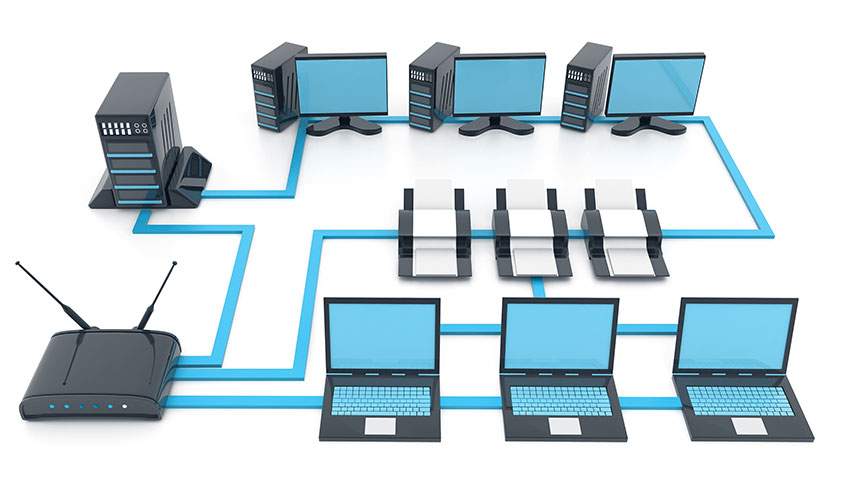Networking Services
Networking and structured cabling services, along with the installation and configuration of devices like firewalls, VPNs, routers, switches, and wireless access points, are essential for setting up a robust and reliable network in residences.

Here’s an overview of each component
1. Networking and Structured Cabling Services: Networking services involve the design, installation, and maintenance of a structured cabling system that forms the backbone of your home network. This includes running network cables (such as Ethernet cables) and setting up network outlets in various rooms to ensure reliable connectivity throughout your residence.
2. Firewall: A firewall acts as a barrier between your home network and the internet, protecting your devices from unauthorized access and potential cyber threats. It monitors and controls incoming and outgoing network traffic based on predefined security rules, thus enhancing the security of your home network.
3. VPN (Virtual Private Network): A VPN creates a secure and encrypted connection over the internet, allowing you to access your home network remotely. By setting up a VPN, you can securely connect to your home network from anywhere, ensuring the privacy and confidentiality of your data, especially when using public or untrusted networks.
4. Router: A router is a networking device that connects multiple devices in your home network to the internet. It acts as a central hub, directing network traffic between devices and managing the flow of data. Routers often include features like firewall protection, port forwarding, and quality of service (QoS) settings to prioritize network traffic.
5. Switch: A network switch enables multiple devices to communicate with each other within your home network. It provides additional Ethernet ports to connect devices using wired connections, ensuring fast and reliable data transfer between devices. Switches also support features like VLANs (Virtual LANs) for network segmentation and better network management.
6. Wireless Access Point (WAP): A wireless access point allows wireless devices, such as laptops, smartphones, and smart home devices, to connect to your home network without the need for physical cables. It provides Wi-Fi coverage within your residence, allowing devices to communicate wirelessly and access the internet.
When installing and configuring these components for residential networking, it’s important to consider factors such as:
– Placement and coverage of access points for optimal Wi-Fi signal strength and coverage throughout the residence.
– Network security settings, including configuring strong passwords, enabling encryption protocols, and disabling unnecessary network services.
– Network segmentation to isolate devices and control access based on security requirements.
– Quality of Service (QoS) settings to prioritize network traffic and ensure smooth performance for latency-sensitive applications like video streaming or online gaming.
– Regular firmware updates and security patches for devices to address vulnerabilities and ensure the latest features and security enhancements.
It is advisable to consult with a professional networking service provider or technician experienced in residential networking such as WiseIT Solutions to ensure a reliable, secure, and efficient network setup tailored to your specific needs.



